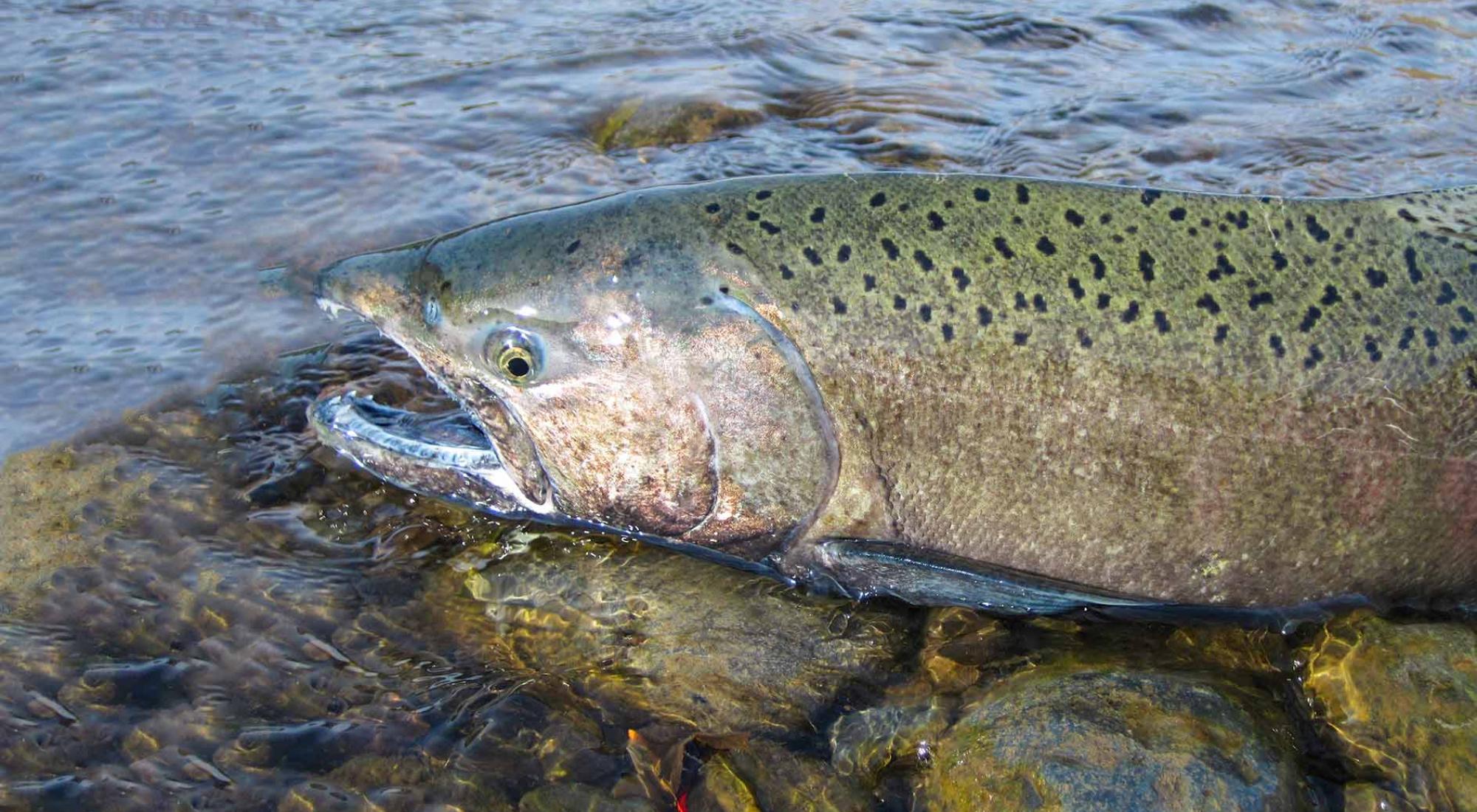The discovery of an oxygen free animal has changed the way scientists understand life on Earth. For decades, biologists believed that all multicellular organisms required oxygen to survive. This assumption shaped research in evolutionary biology, marine science and even astrobiology. However, the identification of a tiny creature that lives entirely without oxygen has challenged long standing scientific beliefs and opened new doors for future exploration. This SEO optimized article explains what this discovery means, how the animal survives and why it matters for science.
What Is an Oxygen Free Animal
The oxygen free animal discovered by scientists is a member of the Henneguya genus, a group of microscopic parasites that live inside fish. Unlike all previously studied animals, this organism does not rely on oxygen for energy production. Instead of using mitochondria, which are the energy producing structures in most animal cells, this organism has evolved different organelles that allow it to function without oxygen.
This extraordinary adaptation makes it the first known animal to thrive in a completely anaerobic environment. It proves that complex life can exist without relying on oxygen based metabolism.
How the Discovery Was Made
Researchers studying fish parasites in low oxygen marine environments noticed unusual cellular structures inside one species. When they examined it more closely using advanced microscopy and genetic sequencing, they made a shocking observation. The creature lacked mitochondrial DNA, meaning it did not use oxygen to generate energy.
Further investigation showed that the parasite had adapted over millions of years to live in environments where oxygen is either extremely limited or entirely absent. This adaptation allowed it to lose its dependency on oxygen altogether.
This discovery took place in controlled laboratory research and was later confirmed by multiple scientific teams.
How Can an Animal Live Without Oxygen
The ability of an animal to survive without oxygen is possible through a unique biological pathway. Instead of using aerobic respiration, the oxygen free animal relies on metabolic processes similar to those found in certain anaerobic microbes.
Key adaptations include:
- Modified Energy Producing Organelles
Instead of mitochondria, the organism contains structures that generate energy without oxygen. - Simplified Cellular Structure
The creature has a very simple body plan, making it easier to survive in harsh environments. - Parasitic Lifestyle
Living inside a host fish provides a stable environment where the animal does not need to search for oxygen.
These strategies allow the organism to thrive even in places where oxygen cannot penetrate.
Why This Discovery Matters
The discovery of an oxygen free animal has major implications for multiple scientific fields.
Evolutionary Biology
Previously, scientists believed that all multicellular life evolved around oxygen based energy systems. This discovery shows that some animals can evolve alternative pathways, demonstrating far greater biological flexibility than expected.
Marine Science
It highlights the complexity of deep sea and low oxygen zones. These environments are more diverse and biologically rich than previously imagined.
Astrobiology
Perhaps the most exciting impact relates to the search for extraterrestrial life. If animals can survive without oxygen on Earth, life on other planets or moons may not need oxygen either. This discovery encourages researchers to broaden their search criteria for life beyond Earth.
A New Perspective on Life’s Limits
For many years, the boundaries of life were defined by assumptions based on common biological systems. The oxygen free animal discovery challenges these assumptions and shows that life can adapt to extreme conditions. It also raises new questions about how many other unknown organisms may exist in similar environments.
Scientists now wonder whether other oxygen free animals are waiting to be discovered in ocean trenches, underground ecosystems or isolated lakes.
Potential Applications in Science and Medicine
Studying oxygen free animals may inspire new scientific breakthroughs. Some potential applications include:
- Understanding Cellular Survival
Learning how cells operate without oxygen can help researchers explore ways to protect human tissues during injury or disease. - New Biochemical Research
The unique metabolic pathways found in the animal may lead to discoveries about alternative energy production. - Environmental Monitoring
These organisms can act as indicators of low oxygen zones, helping researchers study ocean health and climate related changes.
The discovery of an oxygen free animal marks a significant turning point in biological science. It challenges long held beliefs about the necessity of oxygen for multicellular life and expands our understanding of the diversity of life on Earth. From evolutionary studies to the search for life on other planets, this remarkable organism provides new perspectives that reshape scientific thinking.
As research continues, scientists expect to uncover even more surprising adaptations in Earths most extreme environments. The oxygen free animal stands as a powerful reminder that life is far more adaptable and innovative than previously imagined.





